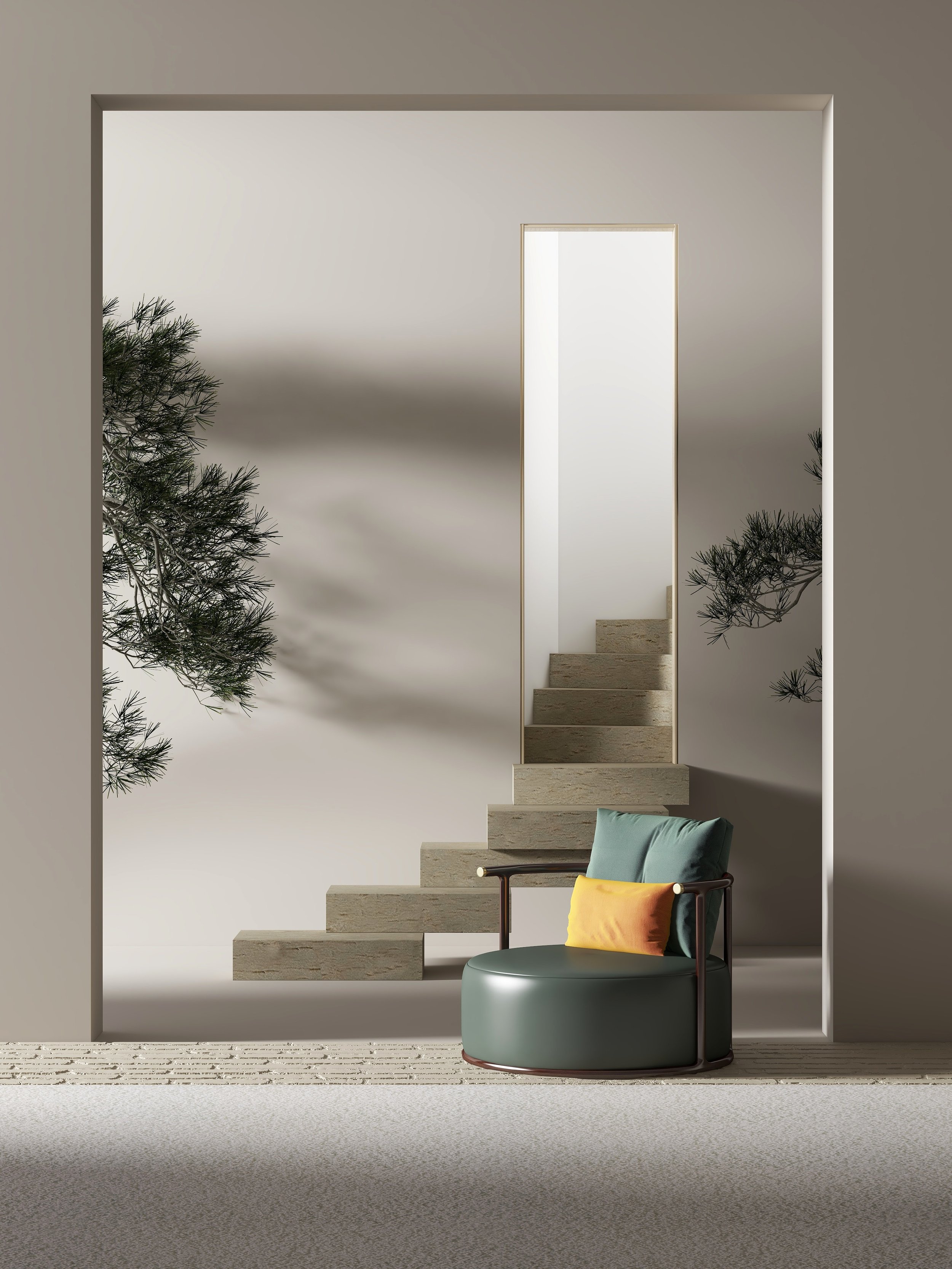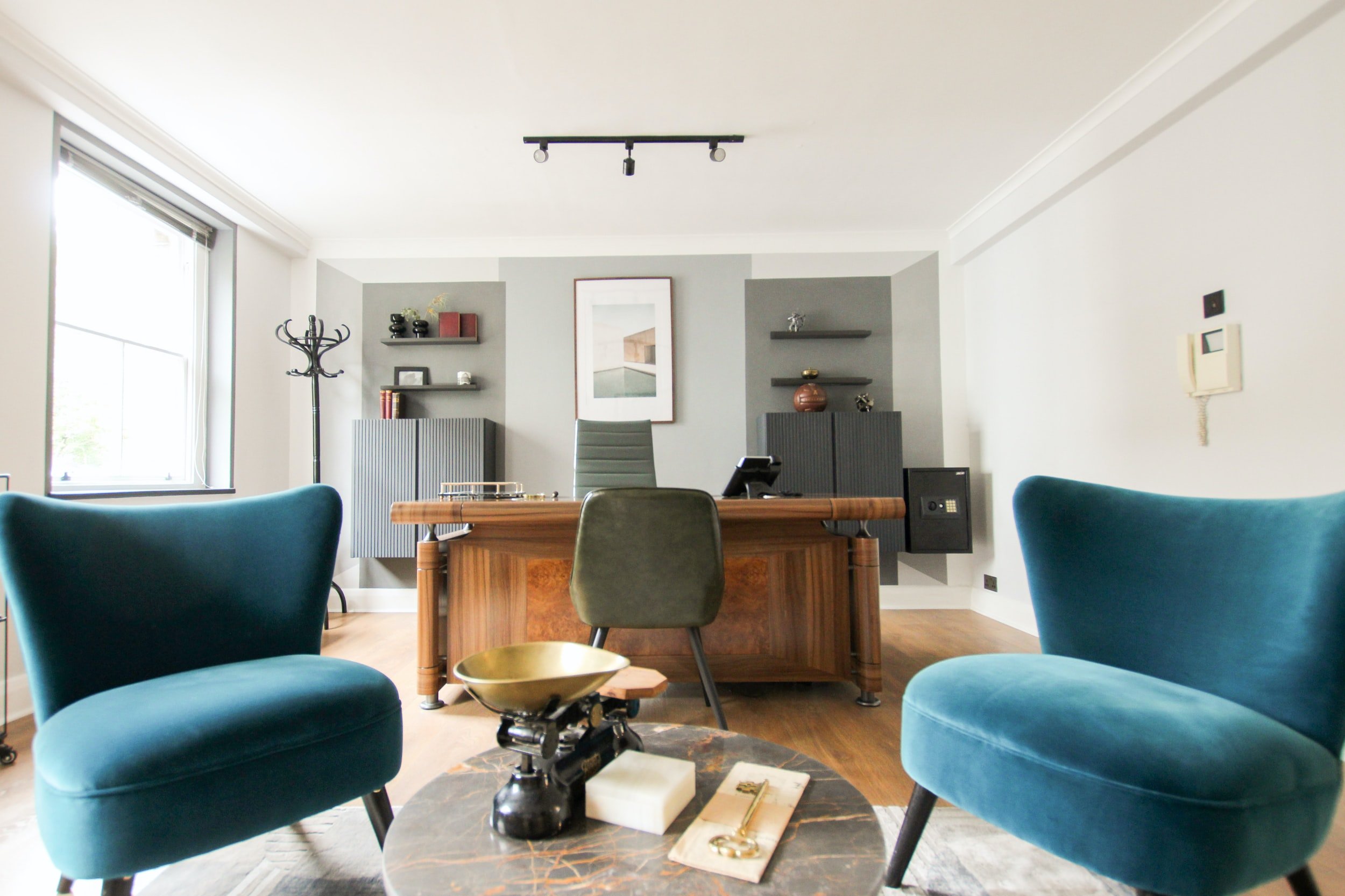Making a decision to sell your home isn't always easy. However, sometimes it's just necessary. Many different circumstances can affect your decision to move. Sometimes unexpected life events happen, or you get new opportunities. Other times, you just find yourself craving a change of scenery. Simply put, not every house you live in is meant to be your forever home, and that's perfectly okay. Knowing how to recognize signs that it's time to sell your home is vital for making the best decision. Keep on reading and find out what the most common ones are.
1. You're planning to expand your family
Outgrowing your living space is one of the most common signs it is time to sell your home. While welcoming new members to the family is always joyful, it comes with certain changes. Kids bring so much happiness to our everyday life, but they need space (in fact, a lot of it). For most people, starter homes can usually comfortably house two to three people. Often, your first place will not be able to give you everything your family needs for a comfortable life.
While moving to a bigger house before you even have a baby is not absolutely necessary, it is good practice. Moving with small children can be stressful. In order to make a seamless transition, it is better to plan ahead. Also, if you're moving for family reasons, be mindful of school districts when choosing your new home. This will allow you to select the best possible option, both space and lifestyle-wise.
Babies need space to play and learn as they grow
2. The market is favorable
The real estate market is very dynamic, and it is constantly fluctuating. Before making any decisions, the first thing on your list should be doing market research. While timing the market is never recommended, if you find that selling your house could be profitable at the moment because of neighborhood popularity, overall market strength, etc., it may be worth considering. There are a few signs that the market is in your favor as a seller. The first and most obvious one is the increase in price per square foot. Apart from that, low time on market is also a good sign.
Being familiar with the average house prices in your area is important for pricing your home appropriately. However, keep in mind that your selling price depends on many other things. For instance, the amenities your home has are a crucial factor. Entertainment rooms or smart systems will help drive the cost of your home up, making the sale more profitable. The general state of your house is also crucial. If any minor repairs are waiting, consider tackling them before putting your home up for sale.
An increase in real estate selling prices is one of the main signs it's time to sell your home
3. You want (or need) to relocate
Sometimes, the town or city you live in just does not do it for you anymore. Becoming bored with your surroundings is among the main signs it is time to sell your home and relocate. This whole process is much easier nowadays than it was in the past. Even long-distance moves can be a piece of cake if you decide to rely on an expert team to help you. Just make sure you plan everything, so there are no unpleasant surprises.
Professional opportunities are also one of the main reasons people choose to move to a different place. Having a job lined up for you is a great incentive to relocate. If you do not have plans to return to your current city, selling your home before leaving is a good idea. This will give you some extra money in the new city, which is always handy.
4. Your house does not fit your lifestyle anymore
Your living space should be a reflection of who you are and what you do in everyday life. After all, it is where you should feel the most comfortable. However, the fact is everyone's life habits fluctuate over time. Circumstances constantly change, whether expanding your family or something smaller like picking up new hobbies. If your current house is not fit for your current lifestyle, it might be time to move on.
Sometimes it's hard to recognize which lifestyle change is 'big enough' to require moving houses. A good example is your little ones growing older, developing different habits, and requiring more space. On the other hand, if your children have left home, it might feel a bit too big and empty. This is a good sign that it might be time to downsize. Also, if you need room for amenities like an art studio, you might need to look for a bigger place and sell your old one.
5. You're financially ready for the move
Whether you're entering the real estate market as a buyer or a seller, financing is one of the key aspects. Being financially stable is crucial, especially if you want to upsize and upgrade from your current home. Think about how things like unpaid debt or loans affect your financial position. Apart from that, you should consider the effect of selling your home on your finances.
As the value of real estate keeps increasing, chances are that you could profit from selling your home. If you still have some money left over after selling your home and paying off your previous mortgage, it means you have equity in your home. This is usually a good sign, making selling your home a financially sound decision. Plus, it gives you some extra capital for buying your new place.
Selling your home can sometimes be challenging, especially if you're not entirely sure that you want to sell. That's why getting into the right mindset for the whole process is important. Apart from being emotionally ready, you should also pick the right moment to do it. Knowing how to recognize signs that it's time to sell your home is crucial and will significantly help you. It will also ensure that you make an excellent financial decision besides a lifestyle change. This is vital for the overall successful selling-and-buying process






































